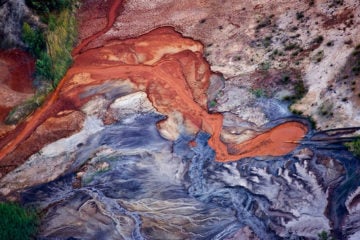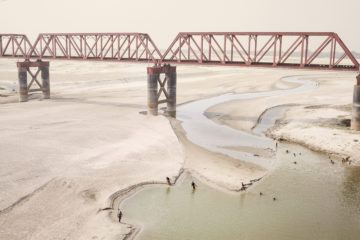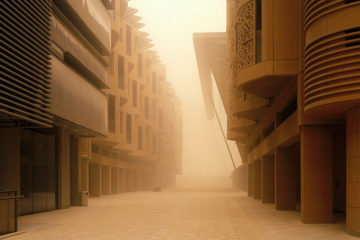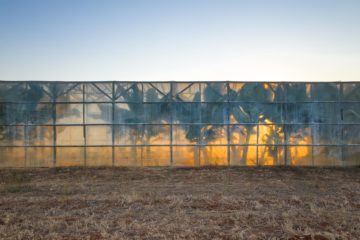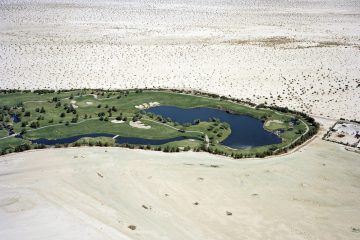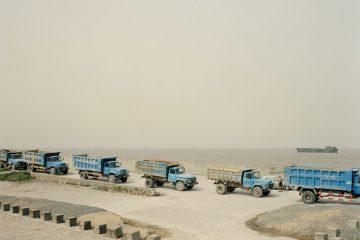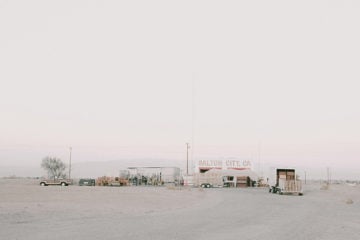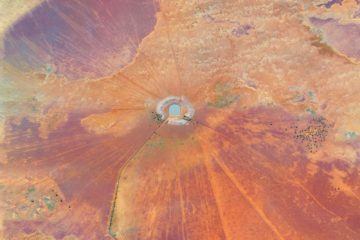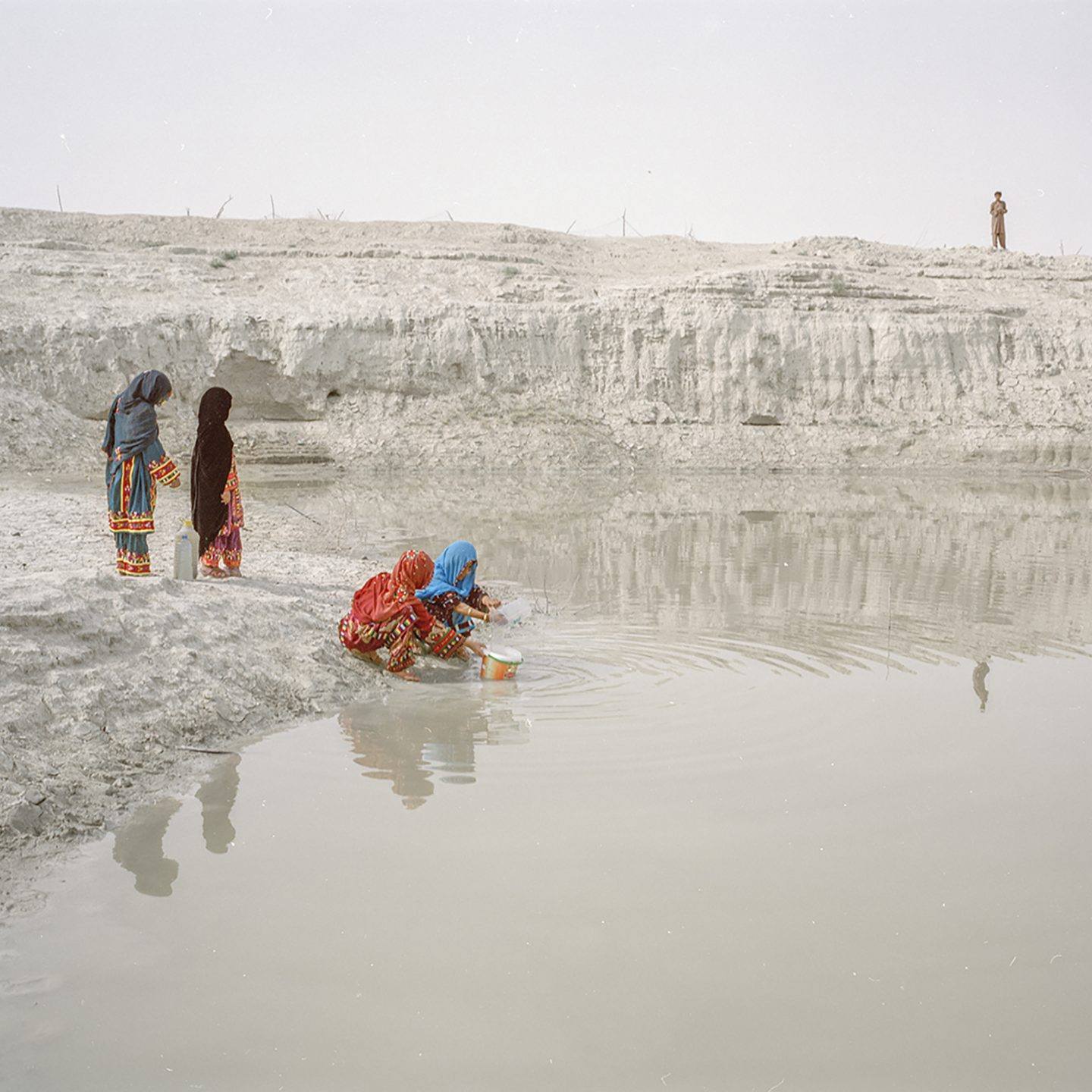
Paradise Lost: Hashem Shakeri Photographs Devastation Wrought By Drought In Iran
- Name
- Hashem Shakeri
- Project
- An Elegy for the Death of Hamun
- Location
- Iran
- Words
- Rosie Flanagan
For over 5000 years, the Hamoun Wetlands gave life to its surroundings; but as a 19-year drought continues its oppressive reign, the largest sweet water lake in Iran has dried up, with devastating effects. Iranian photographer Hashem Shakeri took to the Sistan and Baluchestan Province to capture the unfolding crisis.
The region, which borders both Afghanistan and Pakistan, was once richly verdant. Measuring at over 5000 square kilometers, the Hamoun provided clean water—its lakes and marshes were home to an abundance of animals, and its surrounding land prosperous from farming. Today, the area is almost as arid as its desert surrounds. Shakeri’s series ‘An Elegy for the Death of Hamun’ stands as a witness to this ecological disaster, illustrating the loss of the wetlands with poignancy. There are no animals thriving in his images, no colored depth to the landscape he has captured. There is only sun-bleached dust, dry wind, and grounded fishing boats.
But the drought that began in 1999 is not the sole reason for the demise of the wetlands, though the volume of water in Sistan has been in steady decline ever since. Inefficient management of water resources, by both Iran and neighboring countries, has taken its toll on the area. Afghanistan, in breach of agreements signed with Iran during the 1970s, constructed numerous dams; including four that block the flow of water from upstream Hirmand (in Afghanistan) to downstream Hirmand, where the river flows into the Hamoun. Such practices coupled with ever-increasing populations and ill-planned irrigation schemes have diverted much-needed water from the wetlands.
Due to a lack of water in the basin, dust storms have become part of daily life. This choking haze of sand and dirt is said to have buried 100 villages, forcing people from their homes. The people whose work was dependent on the water now have no source of income. Today, 25% of the population of Sistan have migrated due to a loss of livelihood, and 95% of those who remain live below the poverty line. This tragedy whistles loudly through the infertile desert that Shakeri has captured. His medium format photographs are washed out; the glow of sunlight and the absence of people both magnified by a process of exposure that captures the arid heat and lethargy of a place with no water. As climate change threatens to displace ever more people, what Shakeri has photographed in Iran is an apocalypse pending.
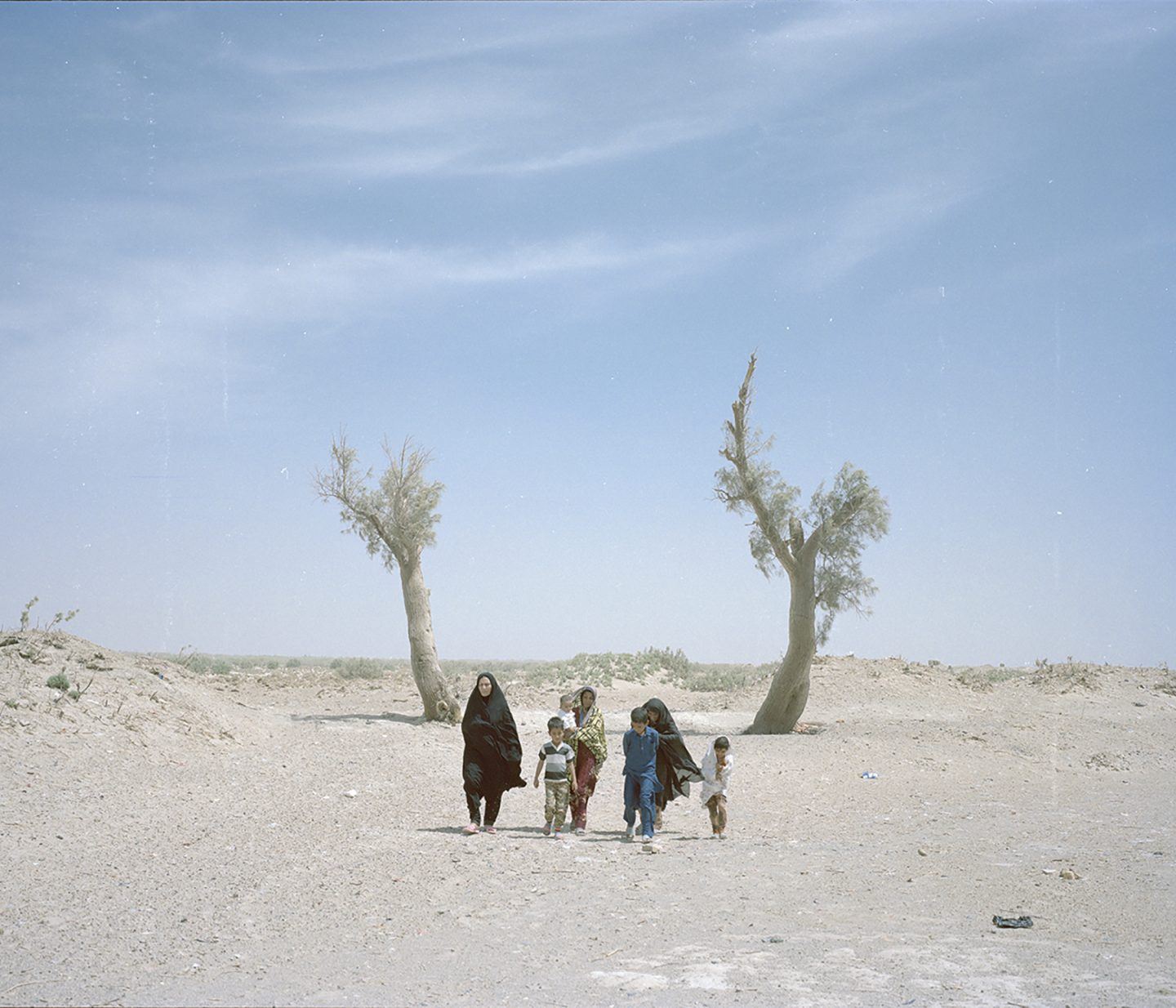
The Rige Mouri village was near the river, but it is now a wilderness covered with sand and dust. The Saravani family, who have lived in the region for more than 100 years, remember swimming in the river and working in the area. From the series 'An Elegy for the Death of Hamun' (2018), image © Hashem Shakeri
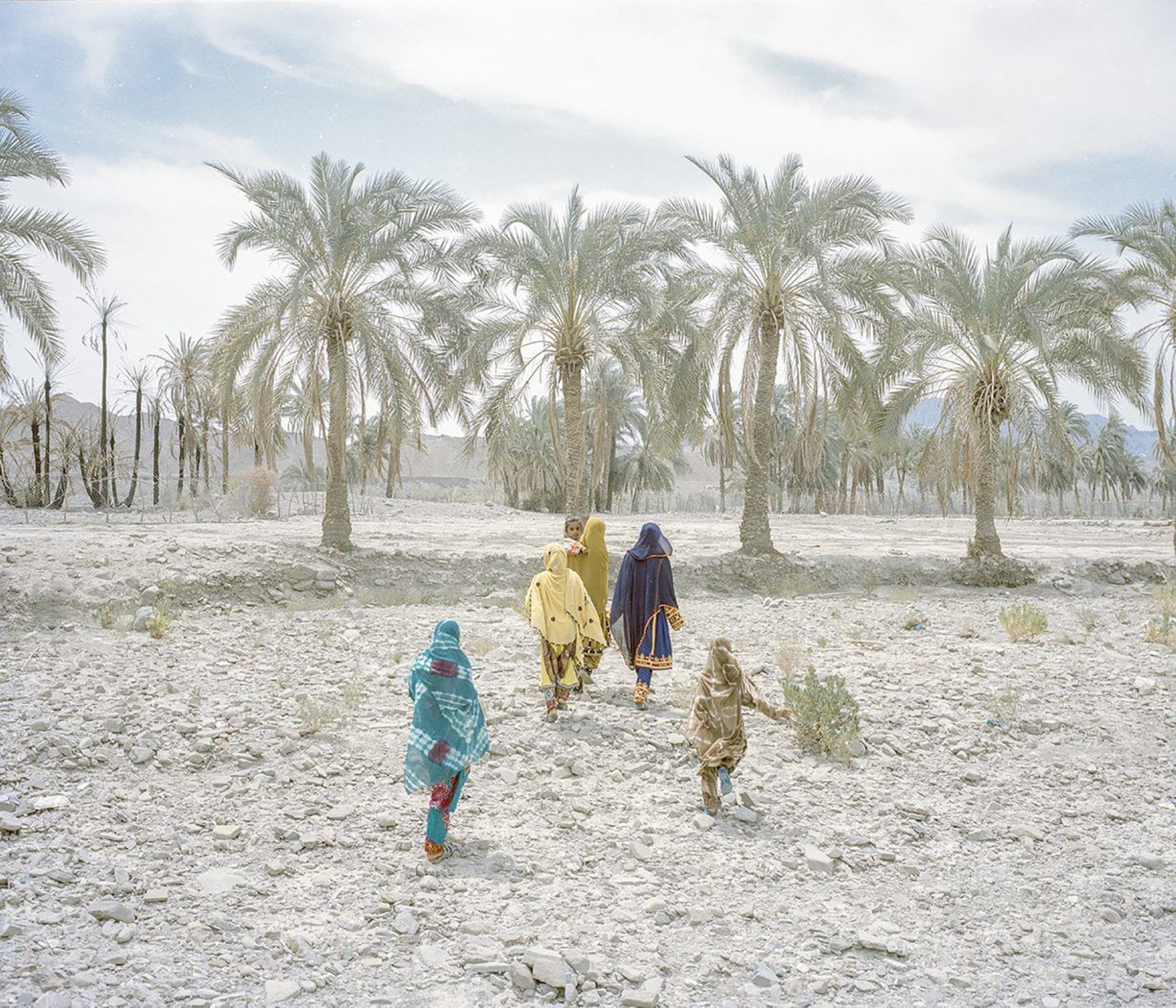
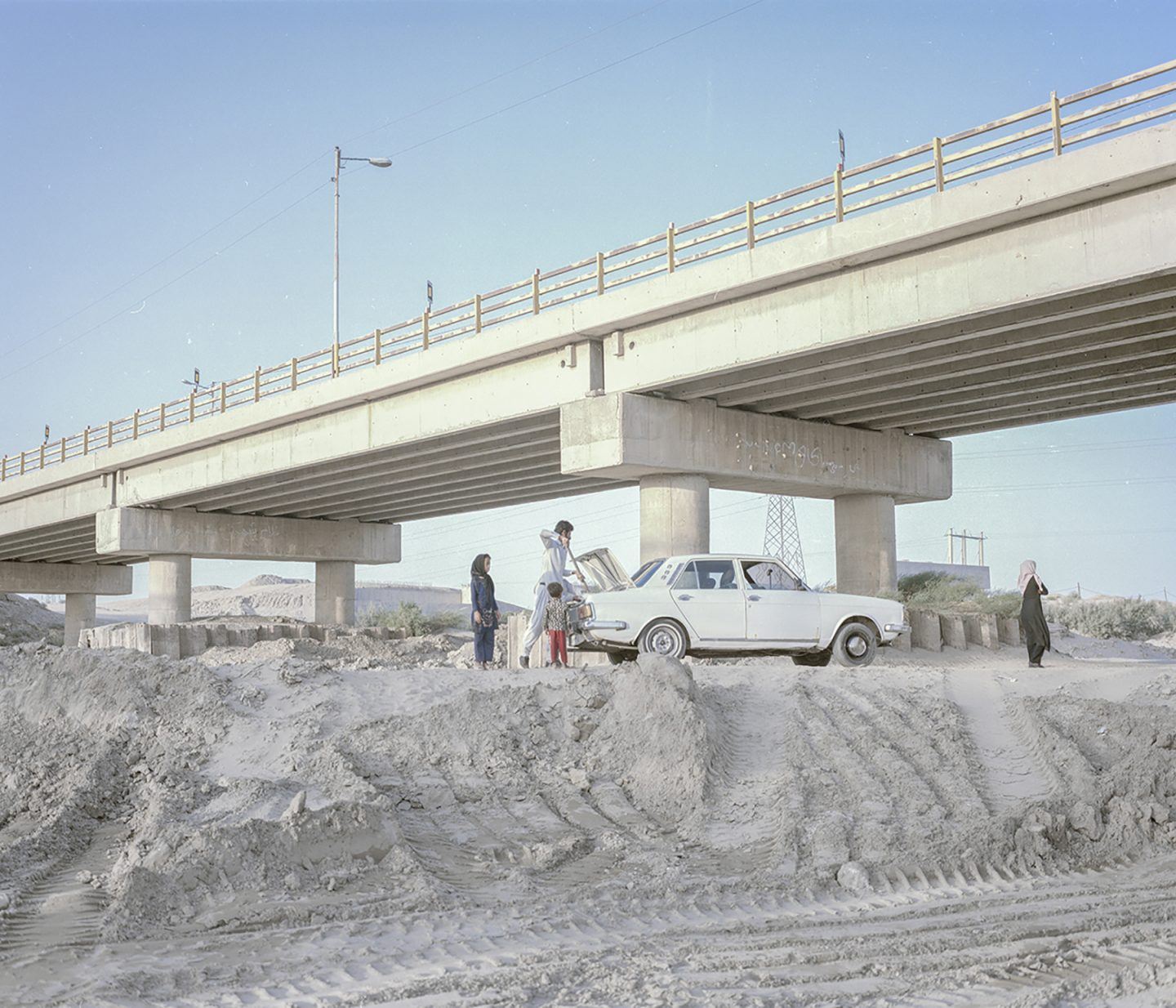
A family removes soil from the riverbed to use for their home garden. Last year the river that flowed under Nohrab Bridge—a branch of the Helmand—was full of water, but now it is completely dried. From the series 'An Elegy for the Death of Hamun' (2018), image © Hashem Shakeri
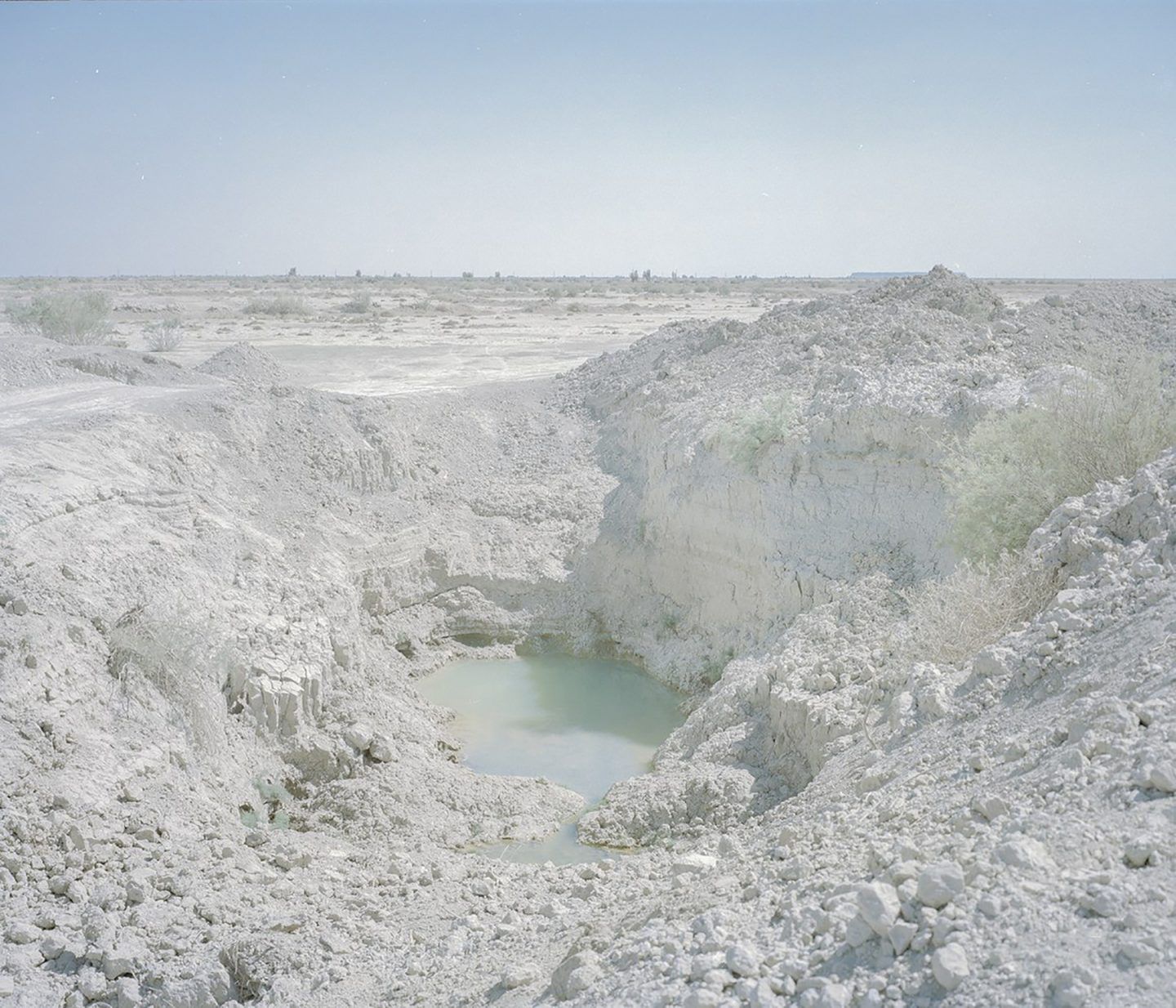
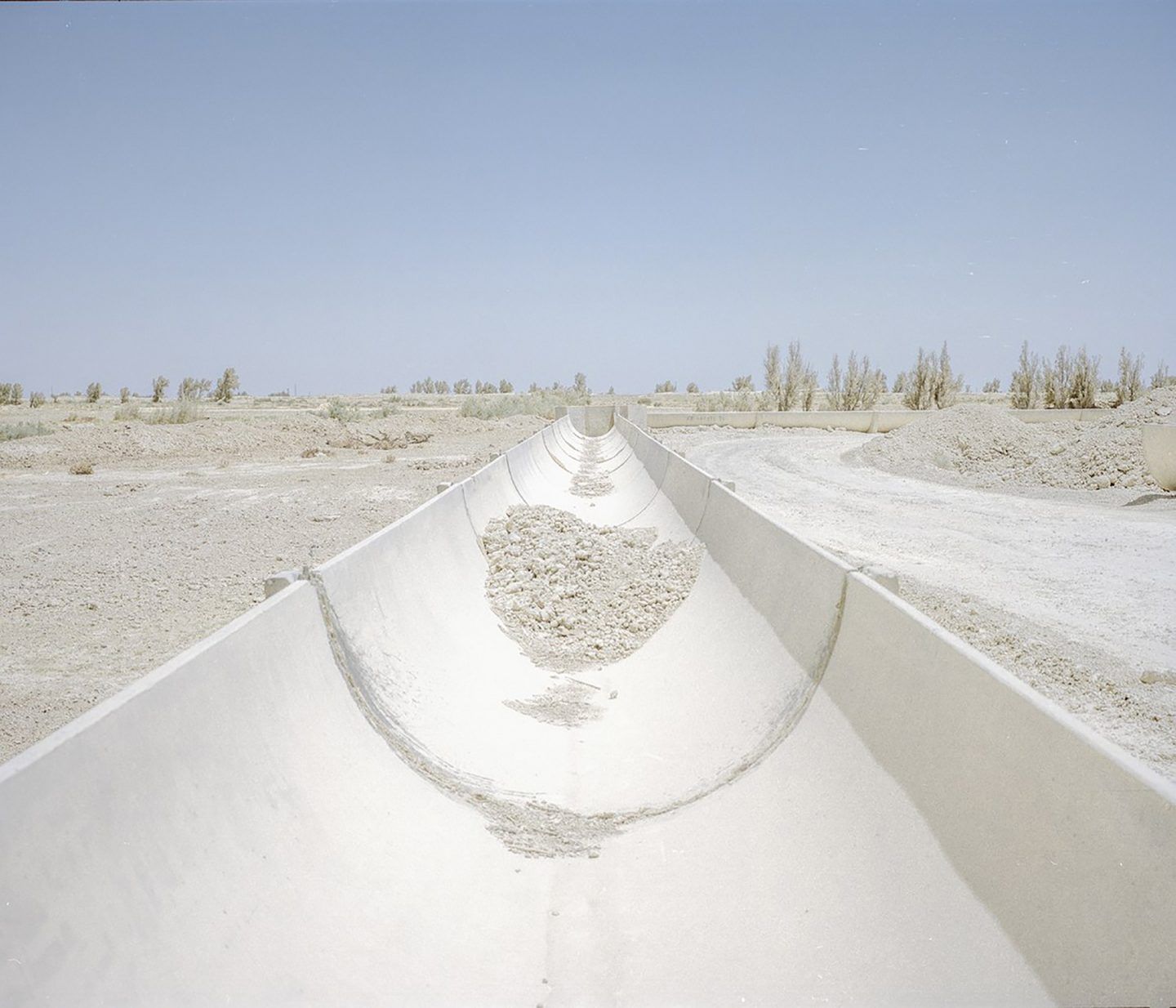
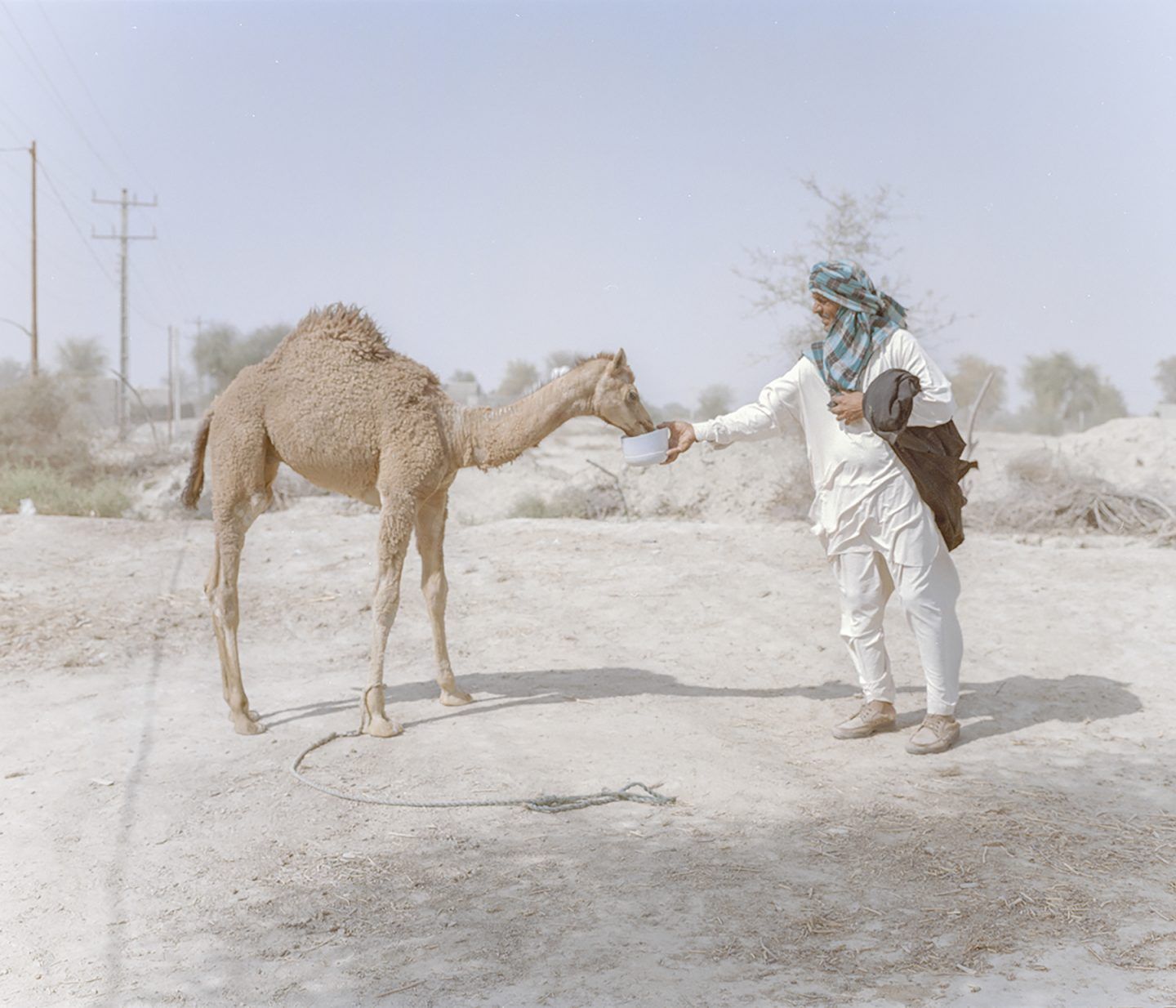
Dashtyari, region, Chaabahar, Balouchestan. Gholam is a 45-year-old man who owns only two camels; here he is giving water to a calf whose foot is strapped to the ground and who seems restless in waiting for his or her mother. The Houtgi (puddles from which the livestock drink water) have dried up this year. Lack of water has had a negative effect on the livestock and camels, as severe lack of fodder has made them grow thin and led to diseases among them. Drinking water here is haphazardly and occasionally brought by tanker. From the series 'An Elegy for the Death of Hamun' (2018), image © Hashem Shakeri
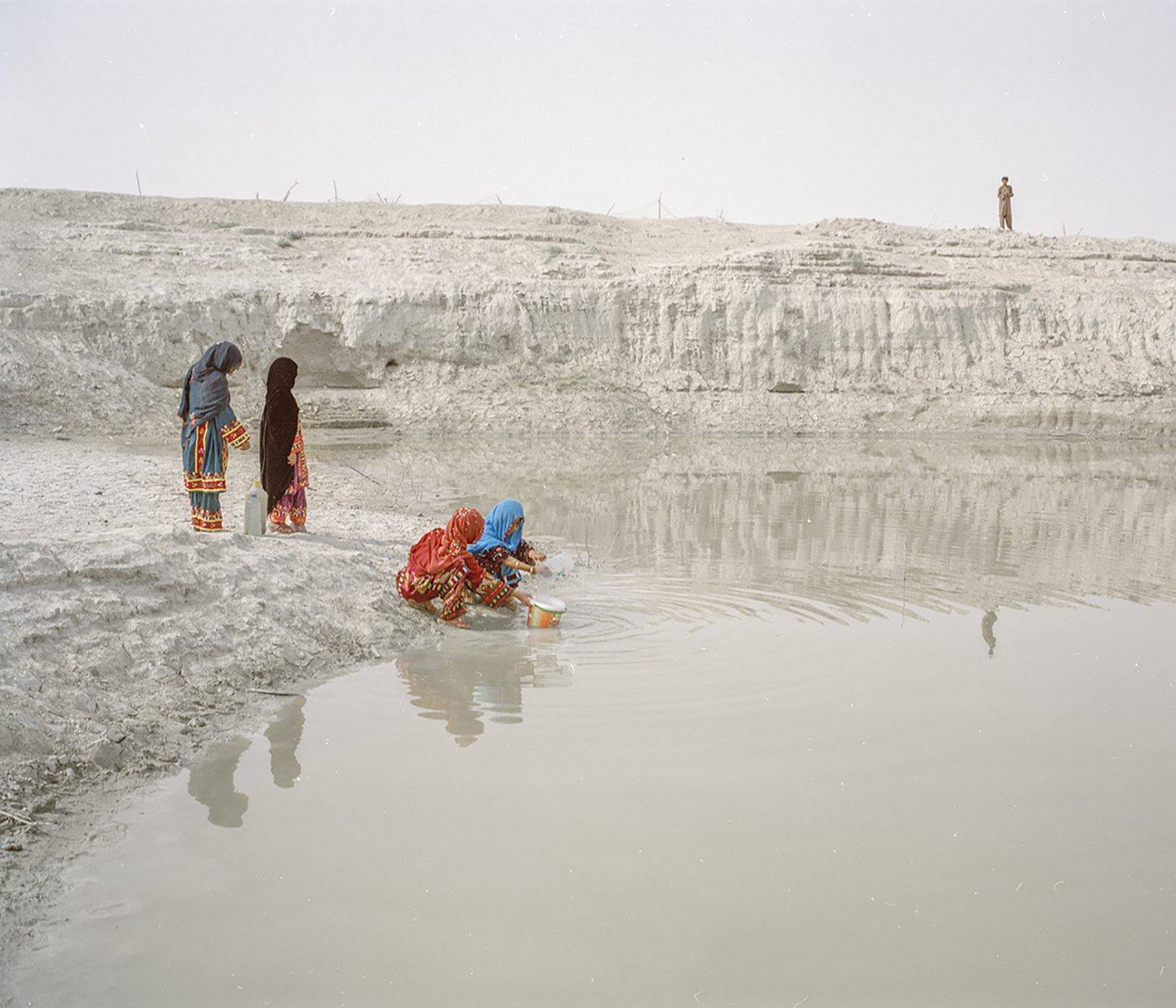
Choutani village, Dashtyari region, Cha’bahar, Balouchestan. Four girls from a family in Choutani village are taking water from a Houtag. “Houtags” are pits in which rain water has gathered; in Cha’bahar region, there are many Houtags, but during droughts their water is dirty and muddy. The livestock drink from this source of water and some of the families who are less well-off financially use this water to wash their clothes and do other daily chores. When they lack drinking water, they also have to take this dirty water, boil it, and use it. From the series 'An Elegy for the Death of Hamun' (2018), image © Hashem Shakeri
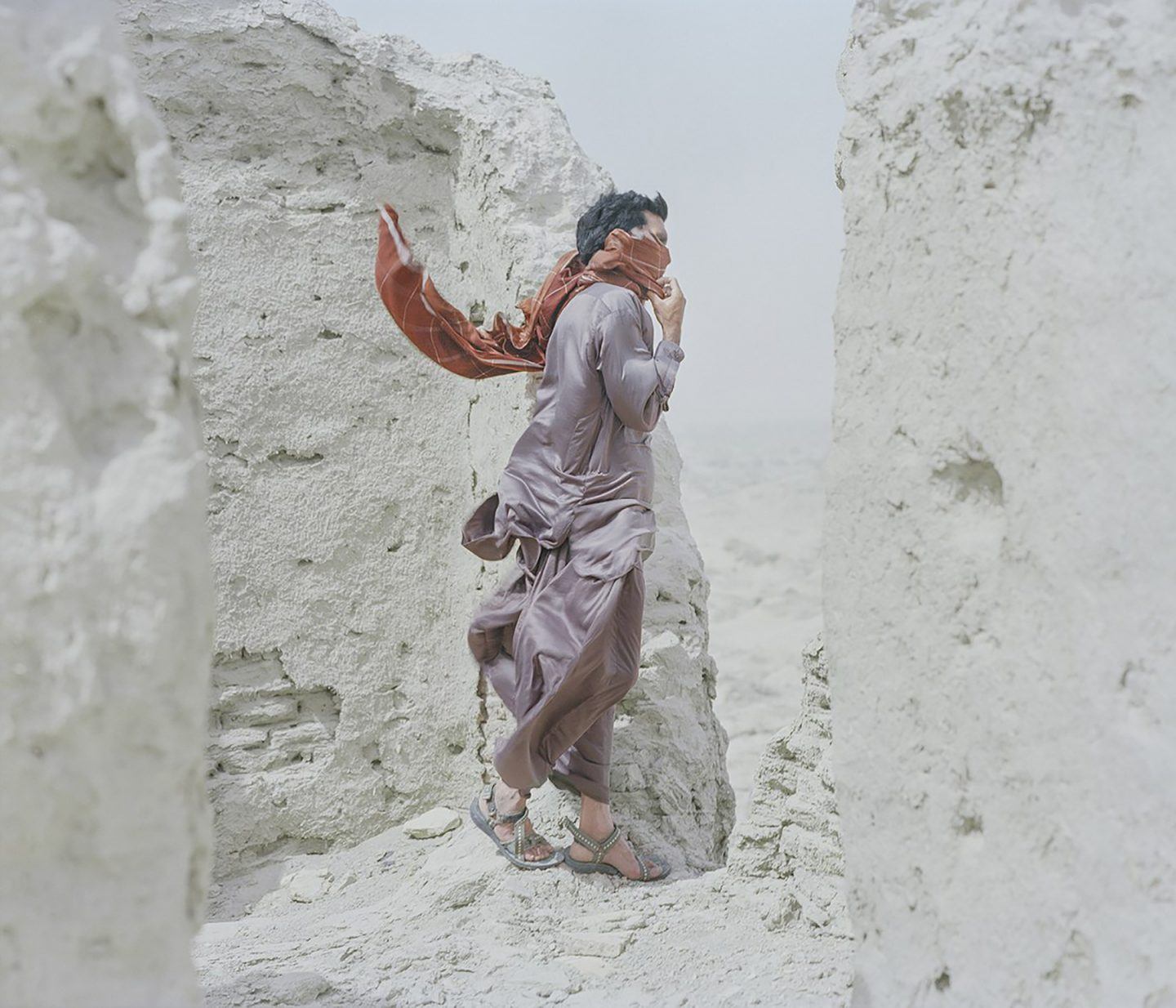
Mohammad, 42, at an abandoned mosque located at the heights of the former Takht Shah Village. From the series 'An Elegy for the Death of Hamun' (2018), image © Hashem Shakeri
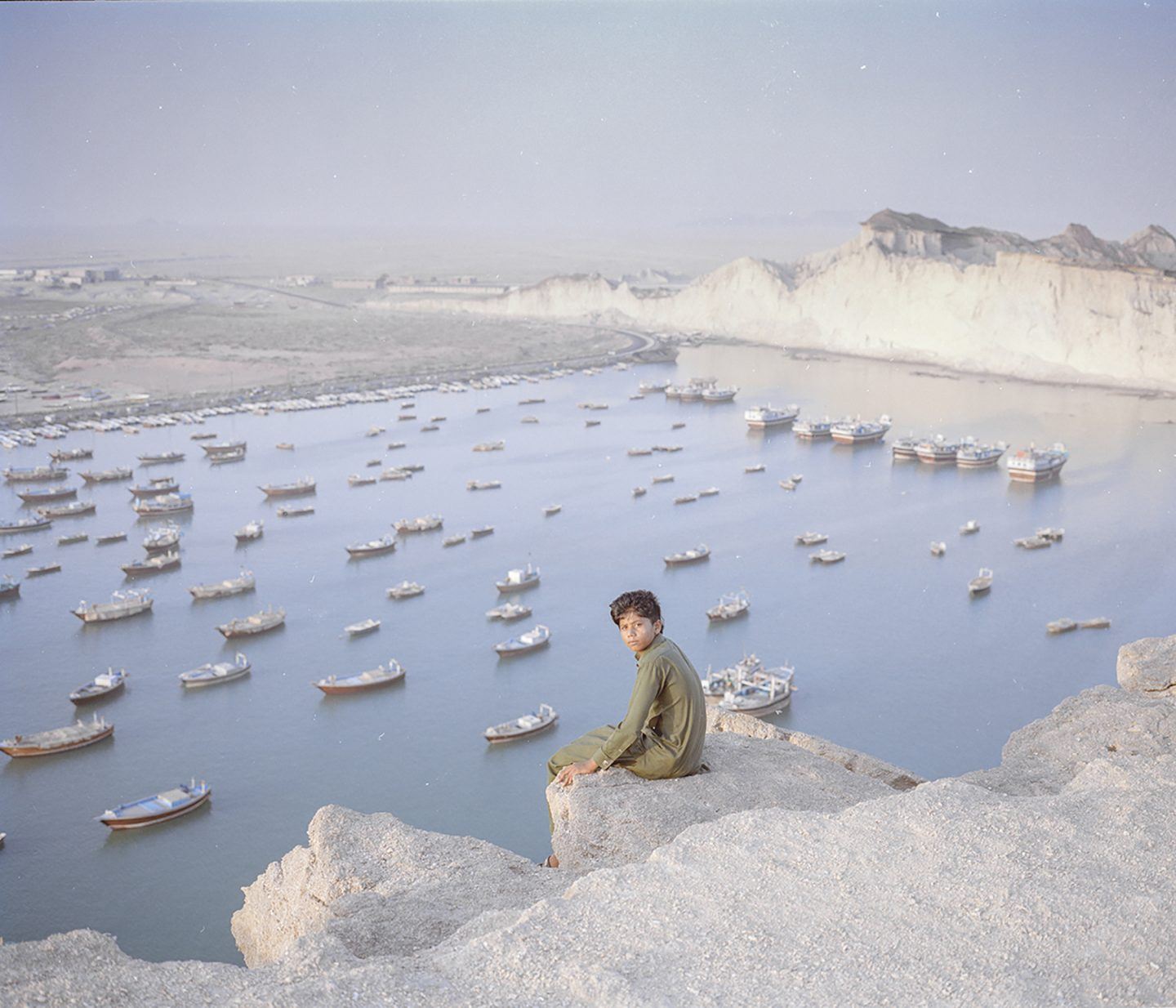
Hossein, 13, is from Beris, Chaabahar, which is on the sea but lacks secure access to freshwater. From the series 'An Elegy for the Death of Hamun' (2018), image © Hashem Shakeri
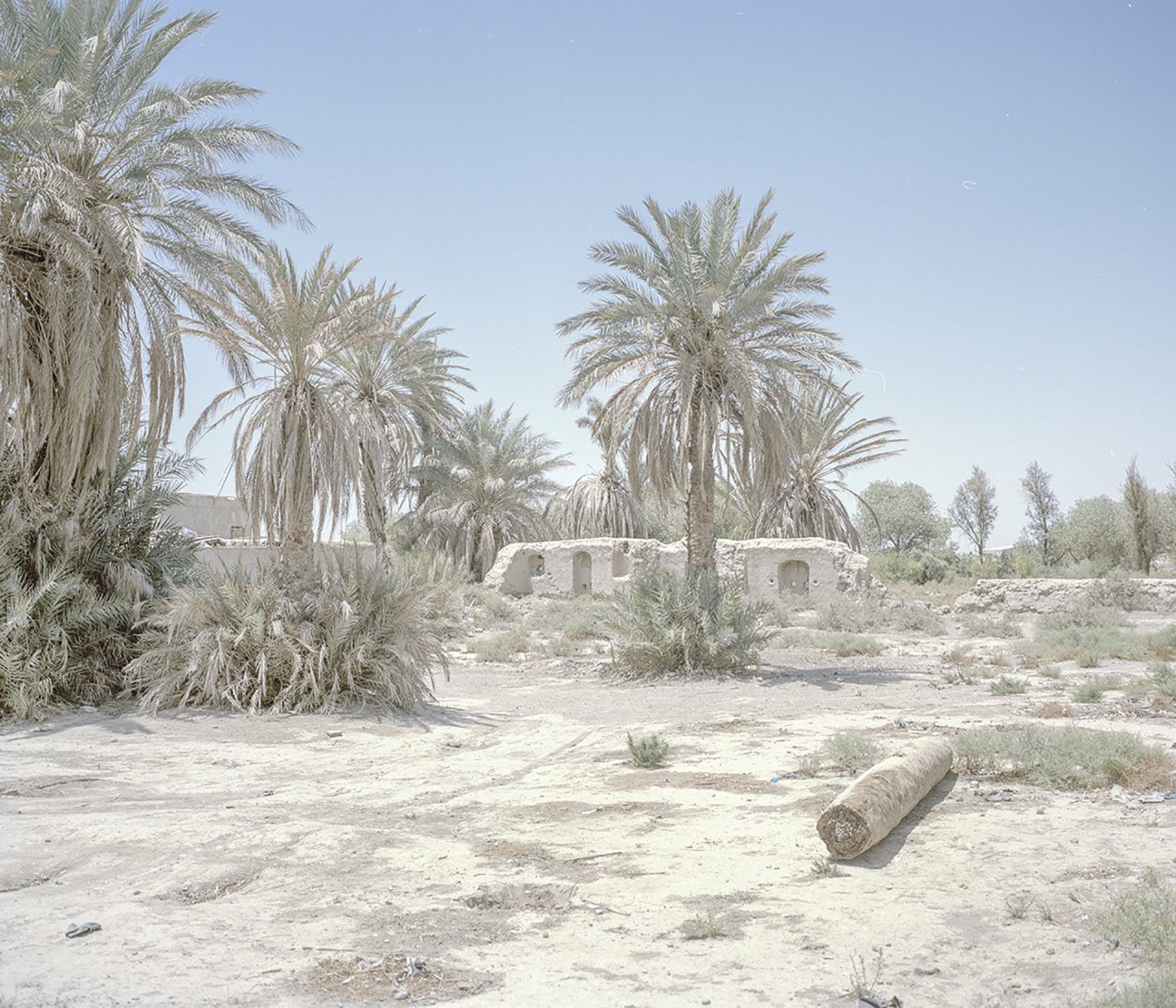
Pelgi village, Edimi town, Sistan. Severe lack of water and drought have made the palm trees to dry up. The people have left their houses and moved to other cities because of unemployment and the water crisis. From the series 'An Elegy for the Death of Hamun ' (2018), image © Hashem Shakeri
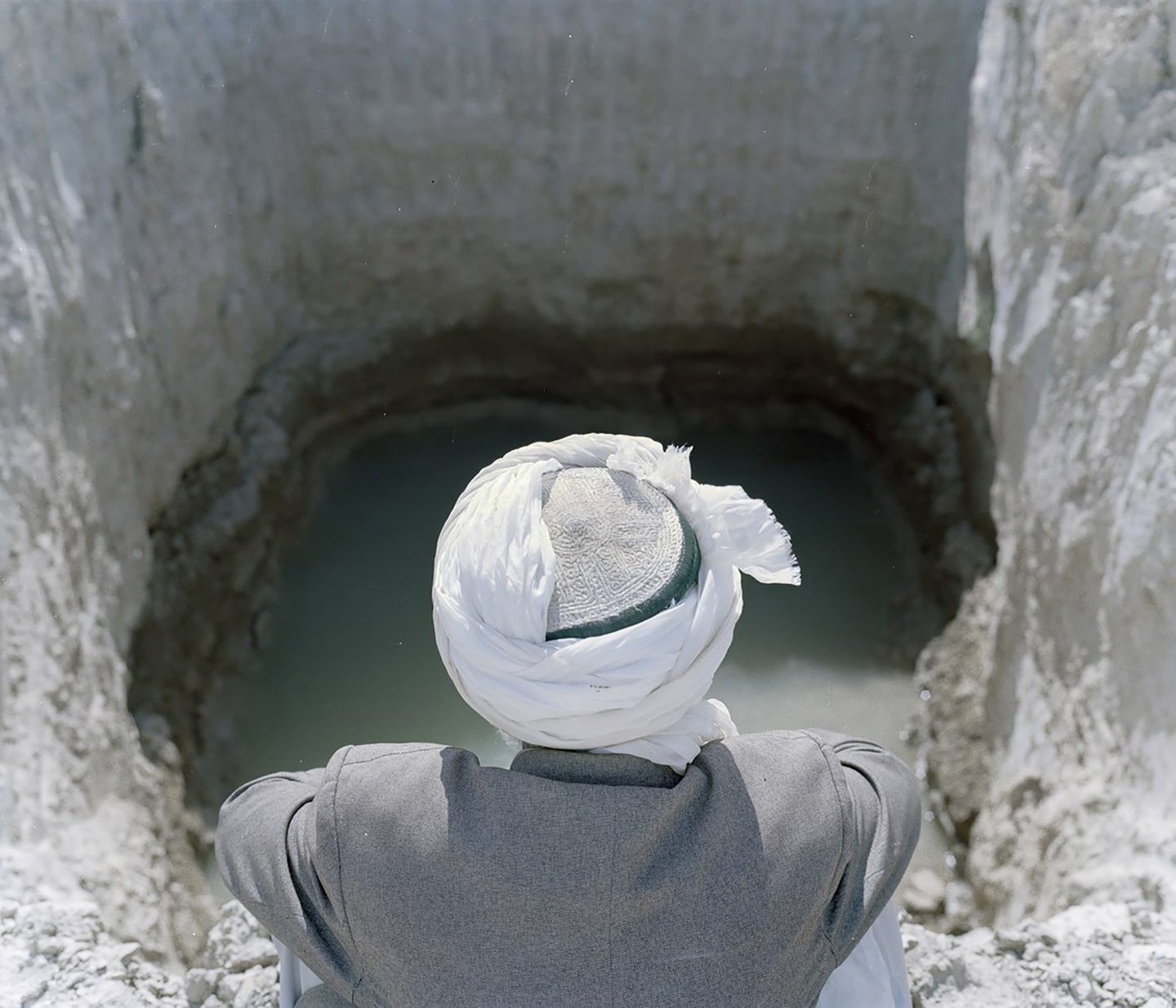
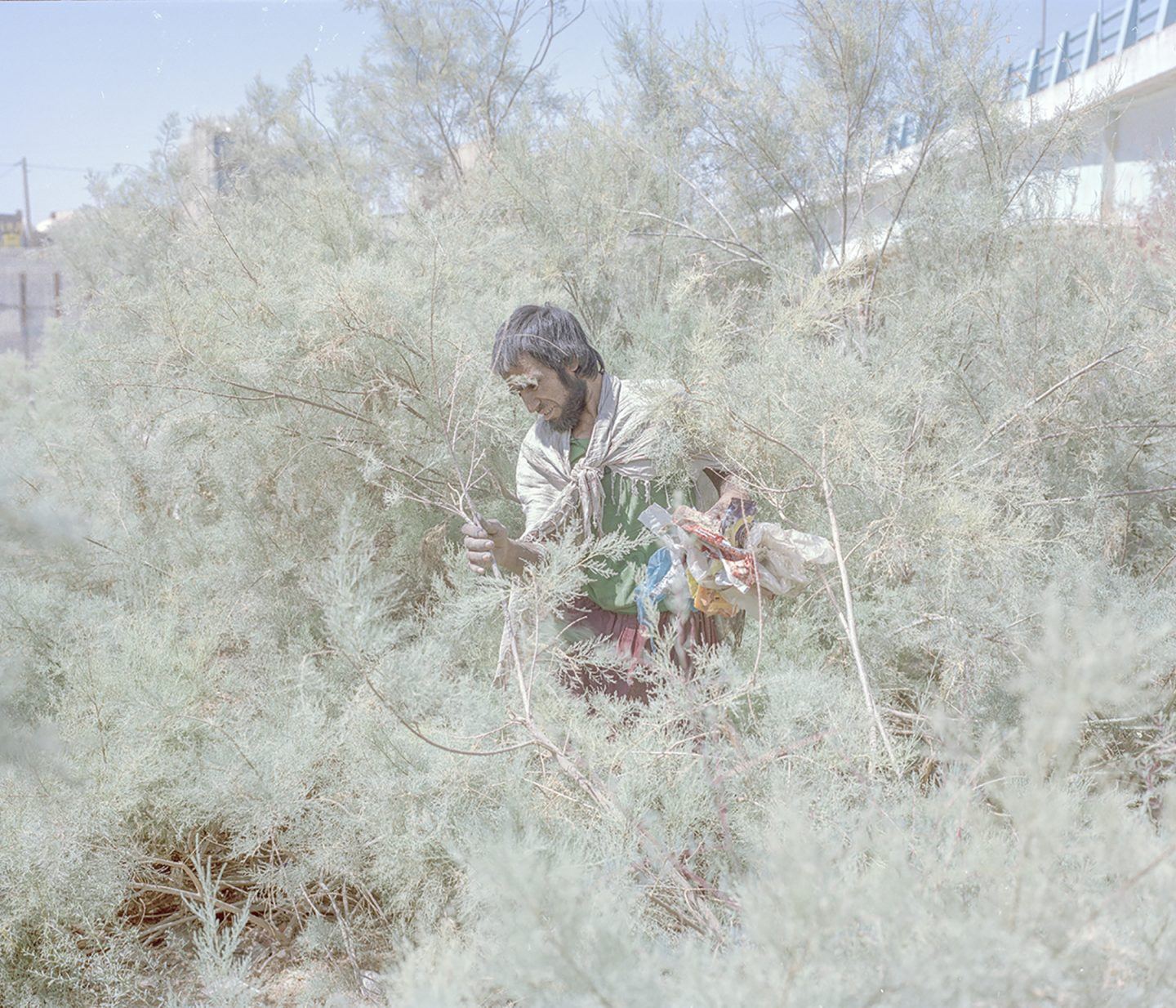
Poverty, unemployment, and addiction have spread through the region. Hoveyda, 30, lived next to the Zahak Dam, which until recently was full of water but is now contains sewage and garbage. From the series 'An Elegy for the Death of Hamun' (2018), image © Hashem Shakeri
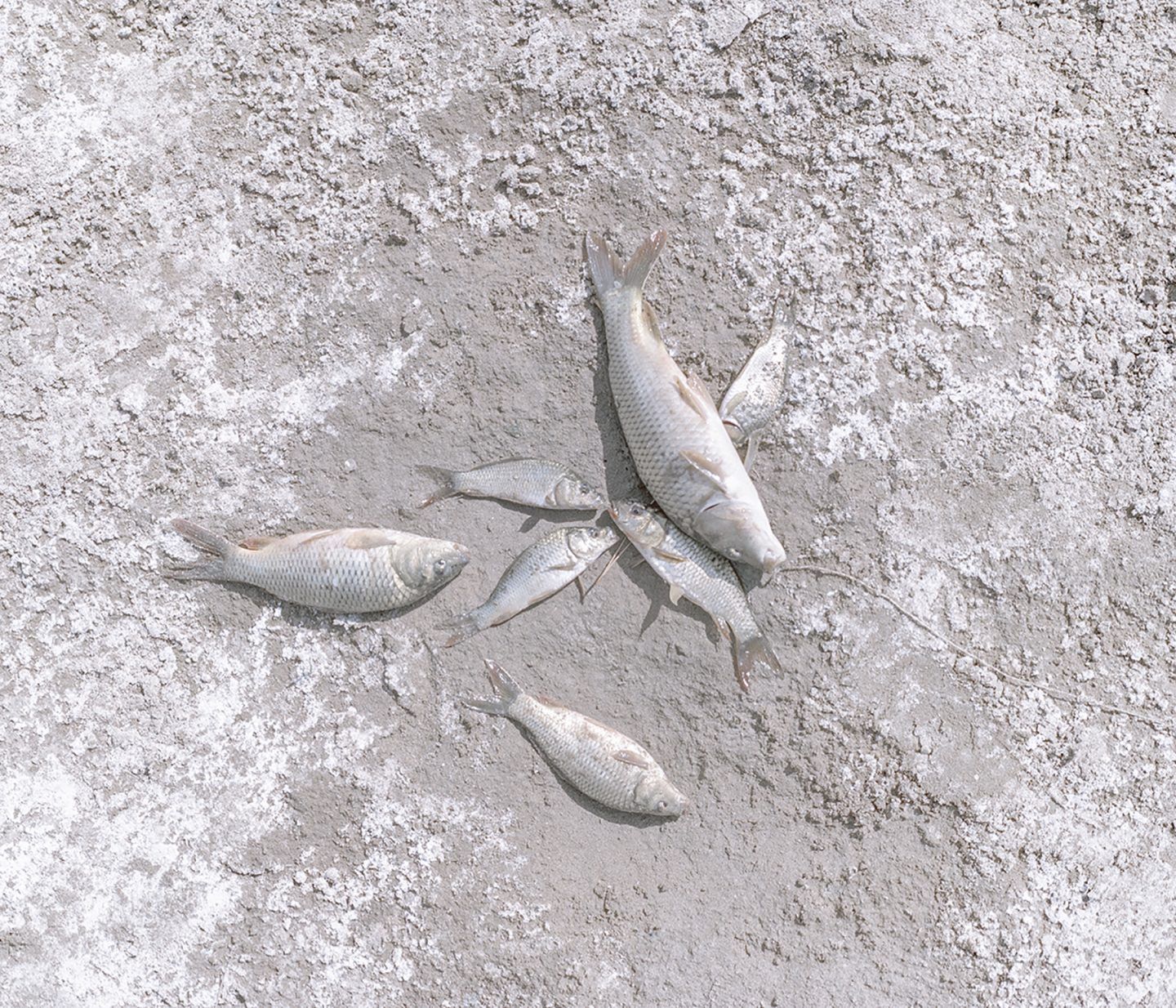
Until last year, water ran under the Zahak Dam, but now urban sewage runs through it. Teenagers have caught fish from the dirty water, which they sell for bread. From the series 'An Elegy for the Death of Hamun' (2018), image © Hashem Shakeri
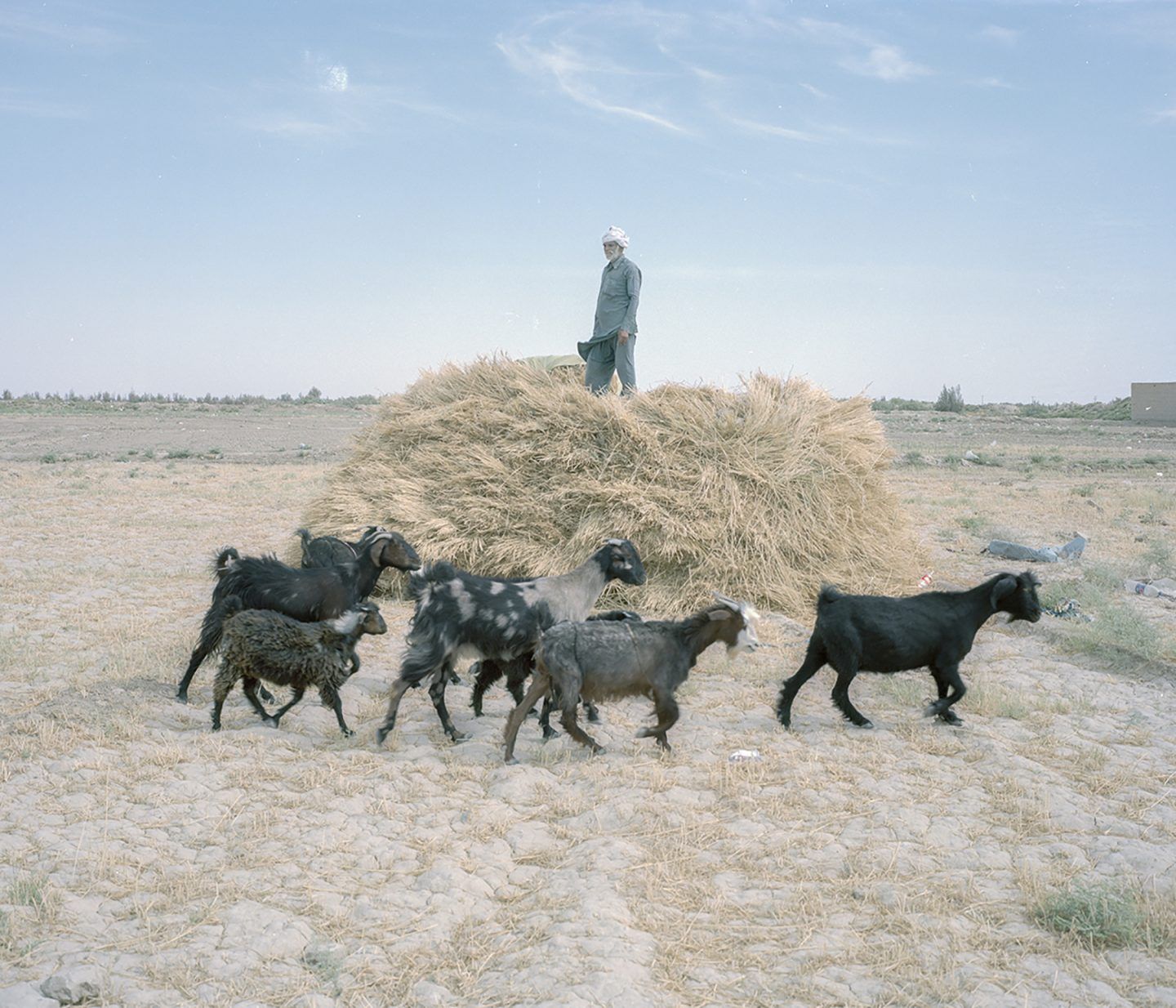
Nabi Sarani, 63 years of age, is a livestock holder and a farmer, who has lost many of his sheep this year after the severe drought. Now only these few are left. He hopes to return to agriculture by using fresh water from a new well he found. From the series 'An Elegy for the Death of Hamun' (2018), image © Hashem Shakeri
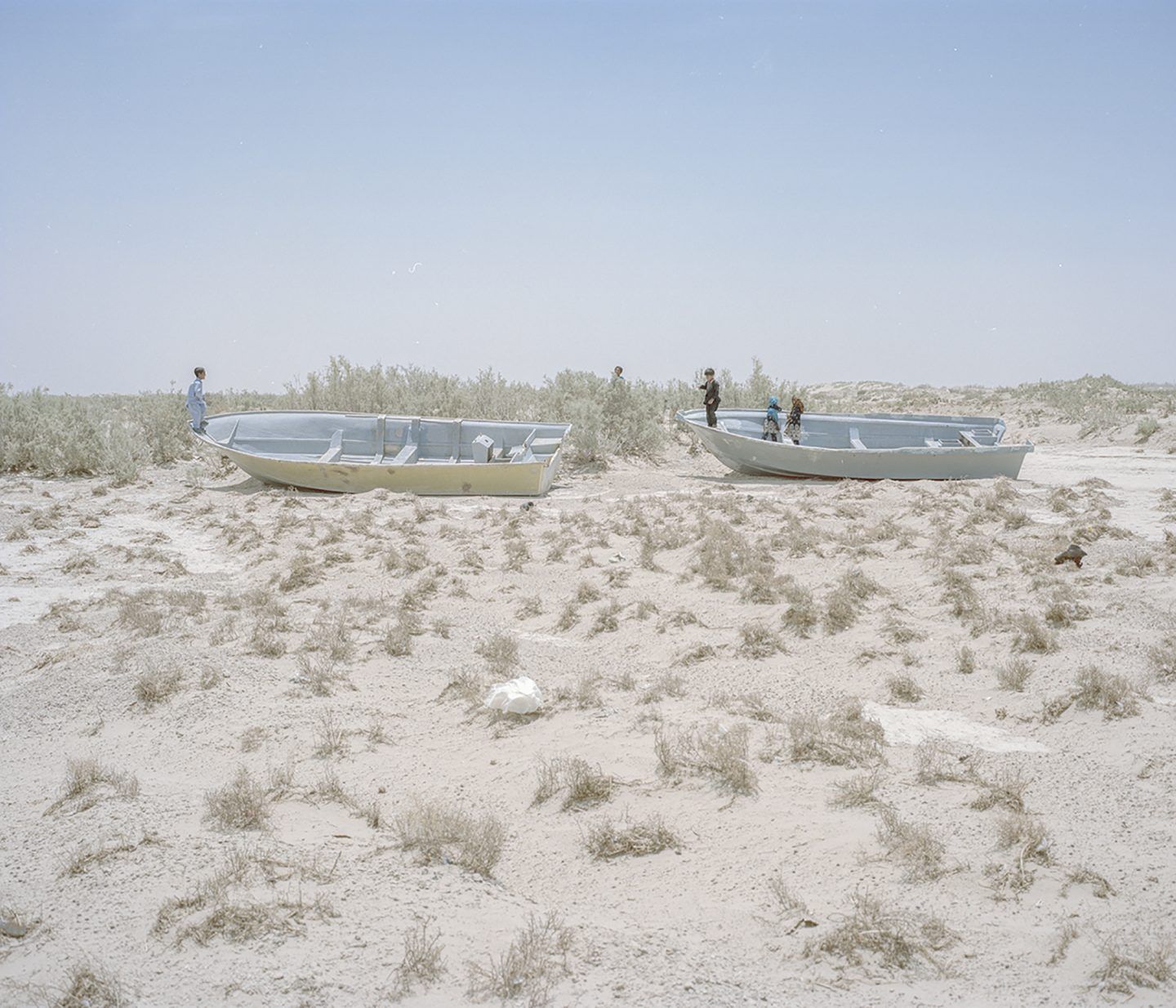
The Adimi, Dehno (new village), Sistan. Here is part of the Helmand water, which one entered the city and was used by the people, but which is now dried up. The fishermen’s boats are abandoned here and there in the dried land of the rivers and Hamun lagoon. From the series 'An Elegy for the Death of Hamun' (2018), image © Hashem Shakeri
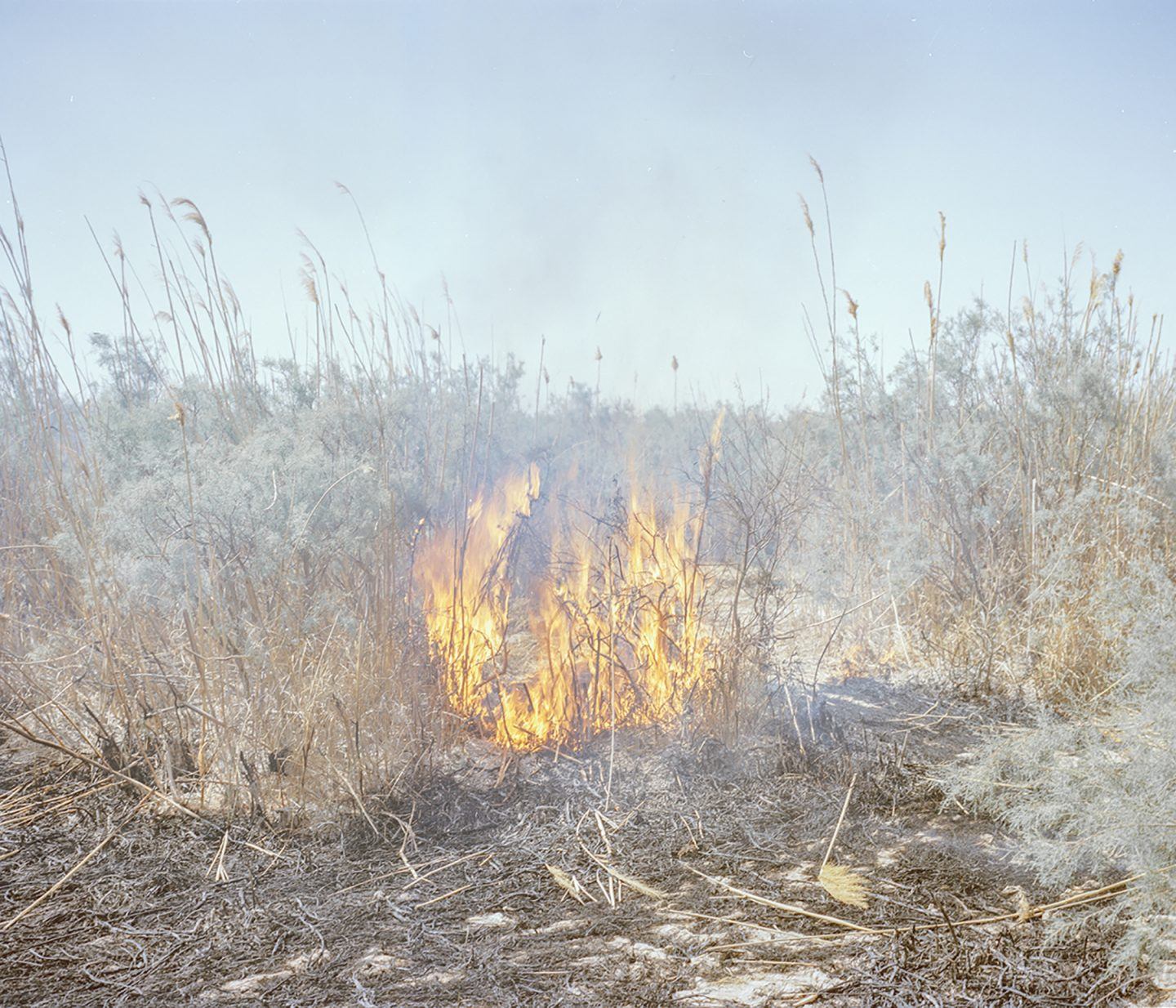
The reeds of the dried land in Hamun Lake catch fire because of excessive dryness and hot sunlight, causing a huge fire in the dried land of the Lake. The firefighter cars are there to extinguish the fire during hot seasons. From the series 'An Elegy for the Death of Hamun' (2018), image © Hashem Shakeri
All images © Hashem Shakeri
